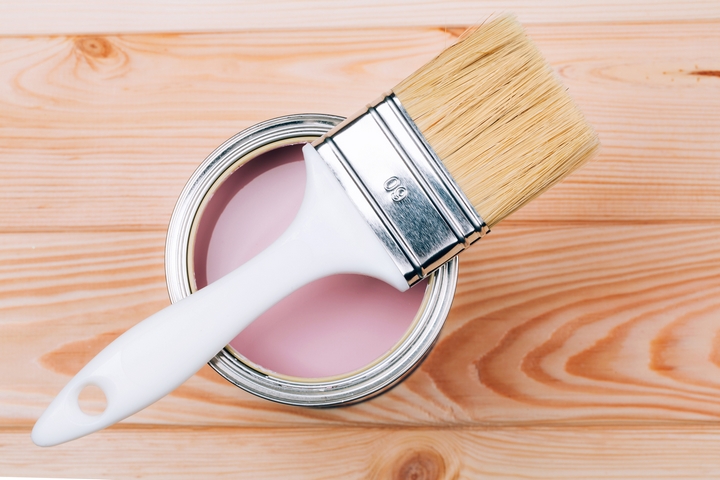No matter if your aim is realistic or abstract painting, understanding the fundamentals is vital for success. This includes discovering color theory, value composition edges brushwork and technique.
Begin by discovering which paints you prefer before exploring various approaches for creating art. There are plenty of demonstrations both online and in books on how to do this.
Brushes
Brushes are one of the primary tools artists rely on for applying paint to canvas surfaces. There are various shapes and types of brushes available that create unique textures when they’re used to apply color, so understanding their inner workings and differences is vital for getting maximum use out of each brush.
Flat brushes are among the most widely-used types of brushes, as they can easily cover large areas while blending colors together and creating fine lines with their edges.
Liner brushes (also called rigger brushes) are extremely thin brushes with long bristles designed to create fine lines. You can dip these ink- or paint-dipped bristles into ink or dilute paints for additional effects and they’re great for writing text!
Canvas
Canvas is a robust plain-woven material used by artists to create art. Artists paint directly onto it using various mediums – oils and acrylics among them. Check out for the best painter Melbourne.
Consider selecting one medium to focus on for at least the near future, enabling you to become acquainted with its particularities. Doing this will allow you to really immerse yourself in its nuances and become comfortable using it.
Before beginning painting, try applying several washes of color over your surface. This helps to both blend and intensify the paint; complementary colors like red and blue may be used for added contrast in a piece.
Paint
Paint is any pigmented liquid with a liquefiable consistency that can be applied to substrates and forms a solid film once dry, protecting, imparting color, or providing texture. There is a wide array of additives that can enhance paint’s performance.
Painting can be an engaging activity that builds confidence, motor skills and creative thinking abilities in children. Furthermore, painting allows them to express emotions they cannot verbally communicate through other channels.
Painting can be an enjoyable way to relieve stress. Additionally, painting encourages children to gain a greater insight into the world around them and be more aware of their environment. Furthermore, it helps them realize that art isn’t just visual; rather it serves as a form of communication.
Composition
Painting is the visual expression of ideas and emotions through the application of pigmented liquid medium on a flat support. Painting has been practiced for millennia; one of the earliest-known paintings dates back to 60,000 years ago at Grotte Chauvet cave paintings in Arnhem Land, Australia.
Composition refers to the arrangement of all elements within an artwork to create a balanced and attractive piece, including lines, shapes, space, tones and textures.
Applying paint to canvas involves many techniques, such as dry brushing, stippling and hatching. An understanding of color mixing is also crucial, along with using tone and value appropriately. Hue refers to where on the color wheel a hue falls; saturation refers to how vibrant or intense a color appears when painted upon canvas.
Techniques
Painting requires sharp problem-solving skills and is an excellent way to develop critical-thinking. Additionally, painting helps strengthen small muscles in your hands and wrists.
Blending paint can soften brush strokes or add texture to a painting’s surface. One common technique, known as dabbing, involves dipping a stiff-bristle paintbrush in thick paint before dabbing lightly onto canvas to create random, randomized textures that often serve to illustrate bushes or greenery.
Chiaroscuro, another direct painting method, utilizes different shades of paint to highlight light and dark areas in a scene, often used by Renaissance artists such as Rembrandt and Caravaggio. You may also utilize scumbling techniques for an uneven, less smooth finish where broken brush strokes from previous layers remain visible.

